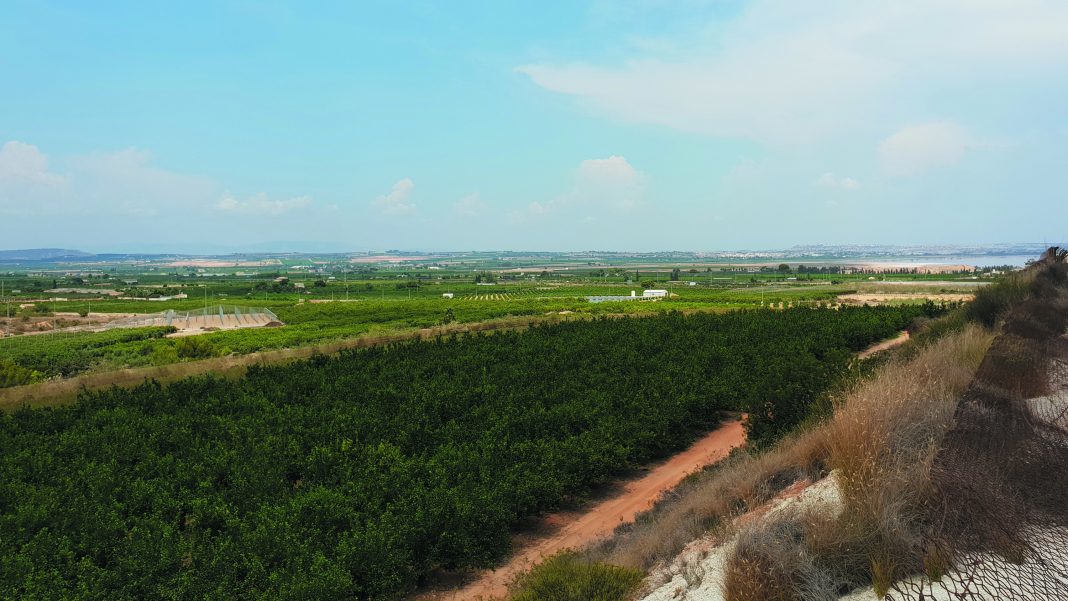The installation of a waste treatment plant 2.5 kilometres from San Miguel de Salinas would cause damage to the environment and discomfort to local residents, due to an increase in noise and activity levels as a result of the regular passage of refuse trucks, the putrid smells that would affect the population, and emissions that would damage local air quality.
These are the preliminary conclusions of a technical study commissioned by the Department of the Environment and Chaired by the President of the San Miguel de Salinas Neighborhood Association, Councillor María José Costa, who says that she is completely against the project and who she will endeavour to submit arguments to the Consorcio Vega Baja Sostenible in order that the proposal, presented by the company OHL, be rejected.
The plant, which it is still hoped to locate close to San Miguel de Salinas, will treat 120,000 tons of waste products per year and, according to Costa, would be located only 2.5 kilometres from the urban area, in rustic land around Villa Antonia and over an area of more than 29,000 meters squares.
In her opinion it is almost certain that the residents will suffer negative consequences while the environment of the Lagunas de La Mata and Torrevieja Natural Park, which the plant will border, could also be affected.
The study, commissioned by the environmental Consultancy Medi XXI, is in still to be finalised but the advance findings, published last week as a draft, indicate that the plant activity would have an adverse and detrimental impact on air quality.
The report states that “During the operating phase of the plant, emissions to the atmosphere will be produced by gas combustion emanating from the vehicles that use the facilities. The plant will also emit pollutants into the atmosphere related to the composting of organic matter, mainly volatile organic compounds and ammonia, due to leaks and to the performance of the biofilter”.
Costa also points out that in the case of a shortage, or the absence of, oxygen during the fermentation of any organic matter, “anaerobic fermentation can occur, with the consequent emission of methane and other gases”.
It is also believed that during the operating phase of the waste plant “the noise impact will be significant due to the activity of the machinery, the engines, and the vehicles associated with it”, which would see the constant arrival and departure of refuse vehicles from and back to 11 different municipalities.
Another consideration that must be taken into account, according to Costa, is the smell, since “foul odours will be produced due to the gases produced in the decomposition process. In the event that anaerobic fermentation occurs during the composting process, the odours will be increased due to the presence of hydrogen sulphide”.
There would also be a major impact on the landscape in what is essentially a greenbelt area, as the site would go from agricultural land to industrial, with the resultant construction of plant offices, storage areas and other structures and of course the waste treatment building itself.
Of the possible impacts on hydrology, the movement, distribution, and quality of water, the experts consider that during the operation phase of the plant, both surface and underground water will be affected. The preliminary report also indicates that “negative impacts on vegetation would be caused by the inevitable contamination of soil, air or water”.
The report also points out the possible impact on the local fauna, which “may be affected by the operation of the facilities due to noise, vehicle traffic, air pollution, ingestion of particles of harmful materials, directly or by bioaccumulation, with the consequent problems, also, for local agriculture”.





